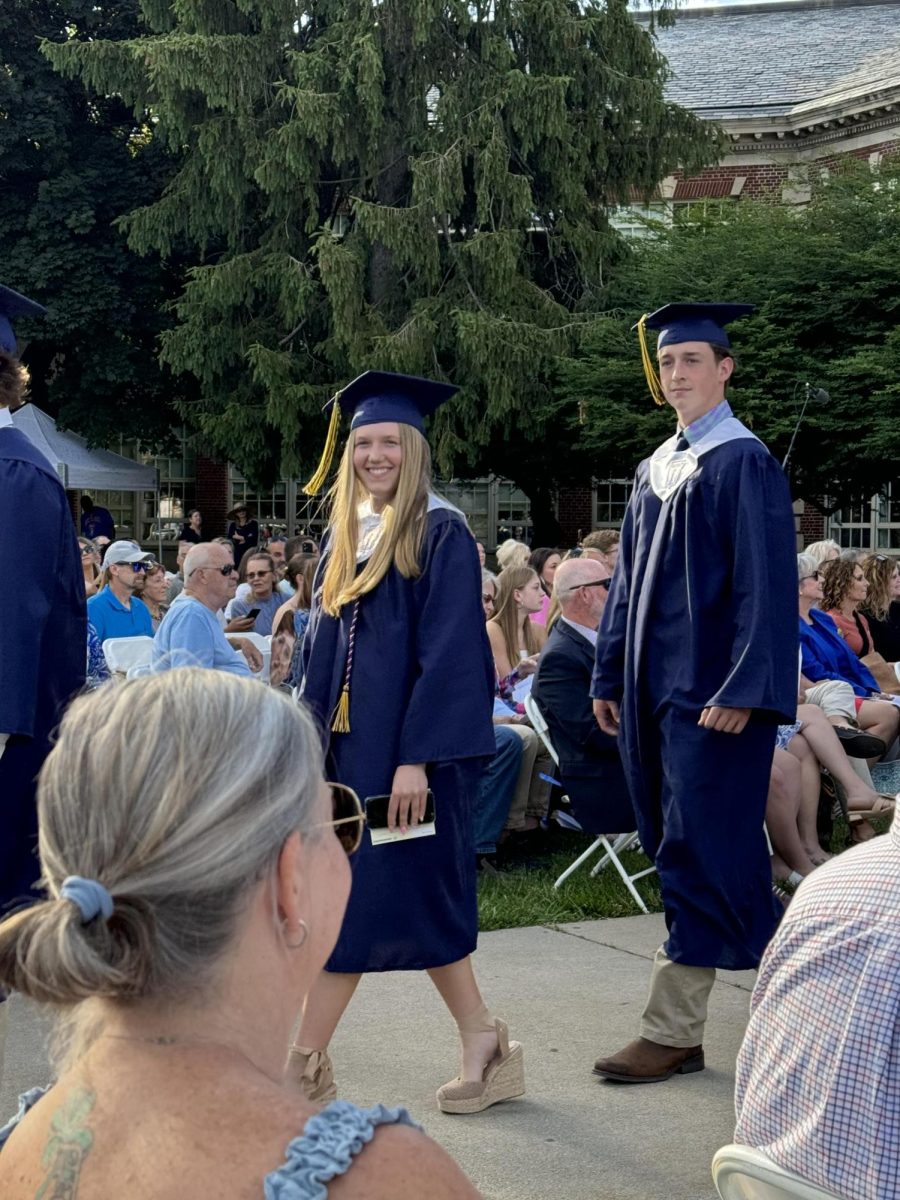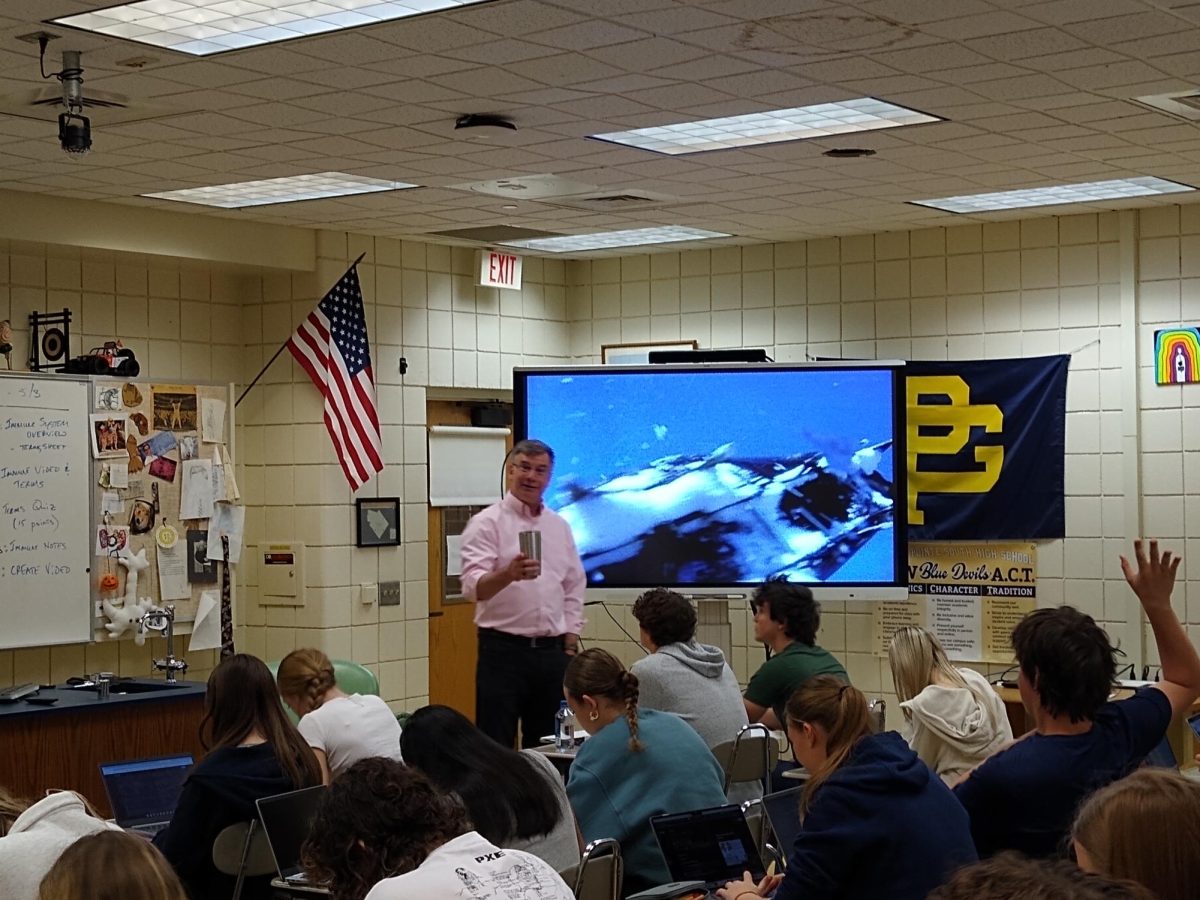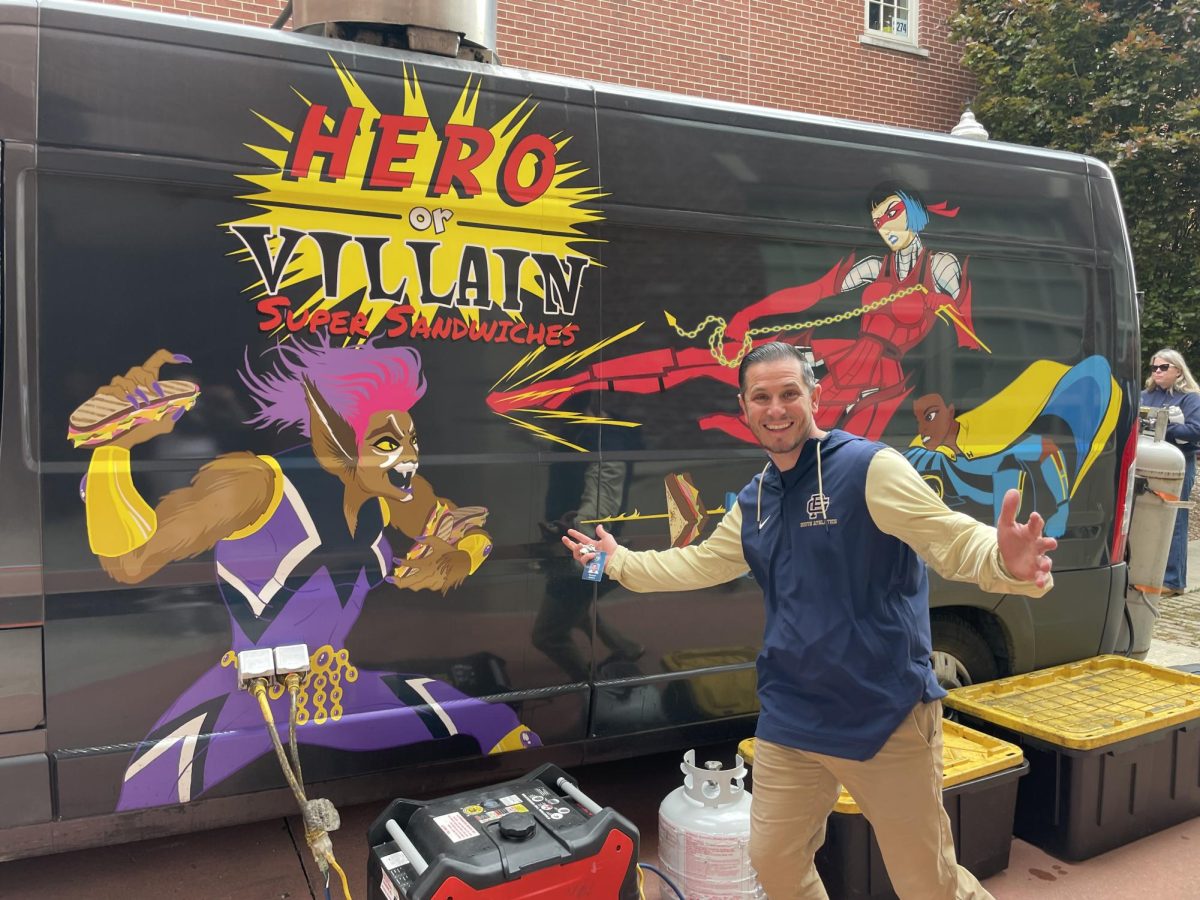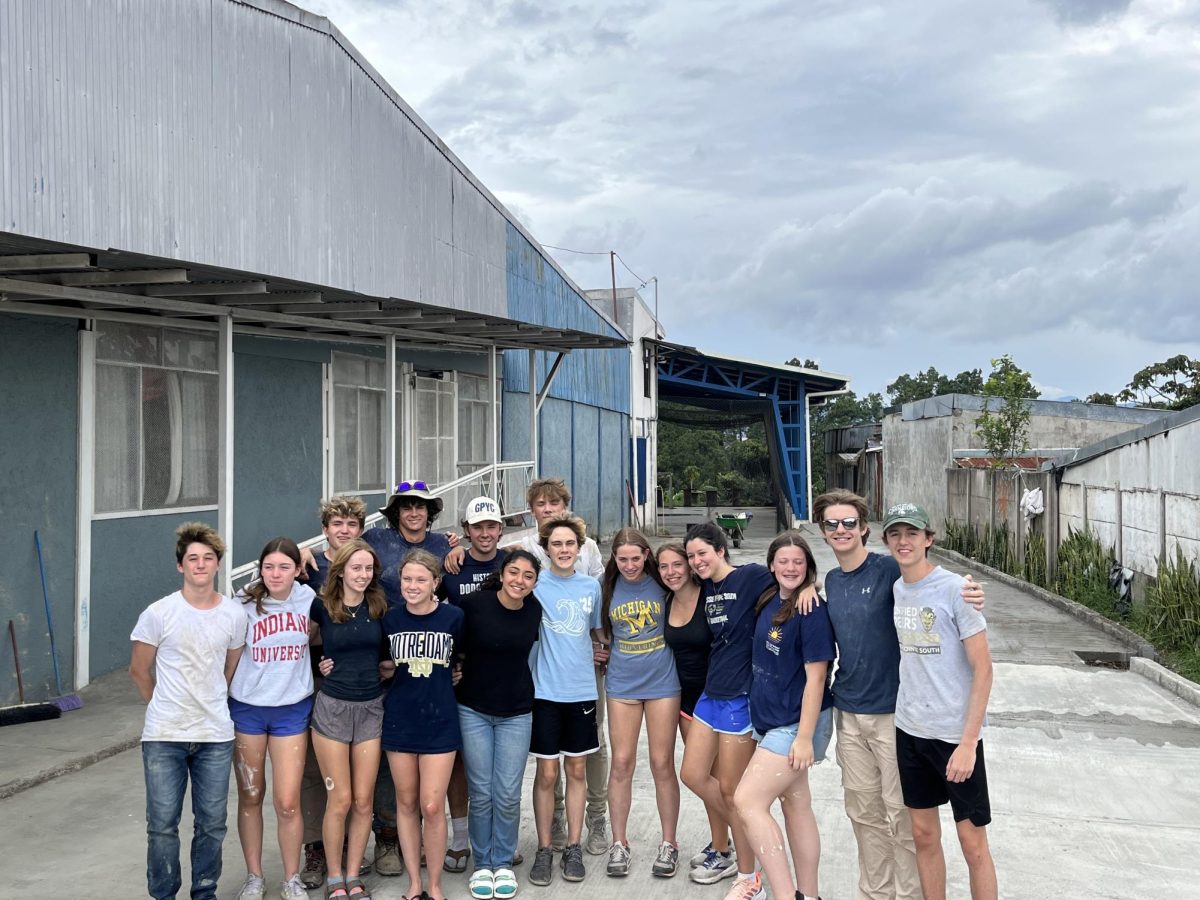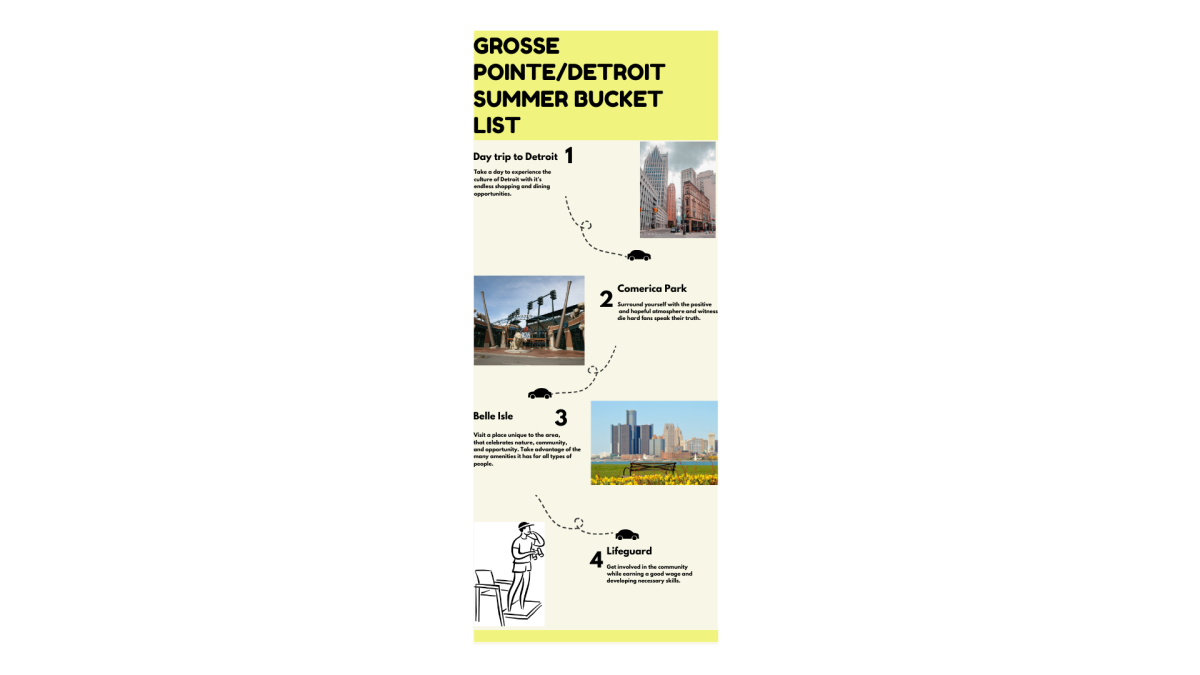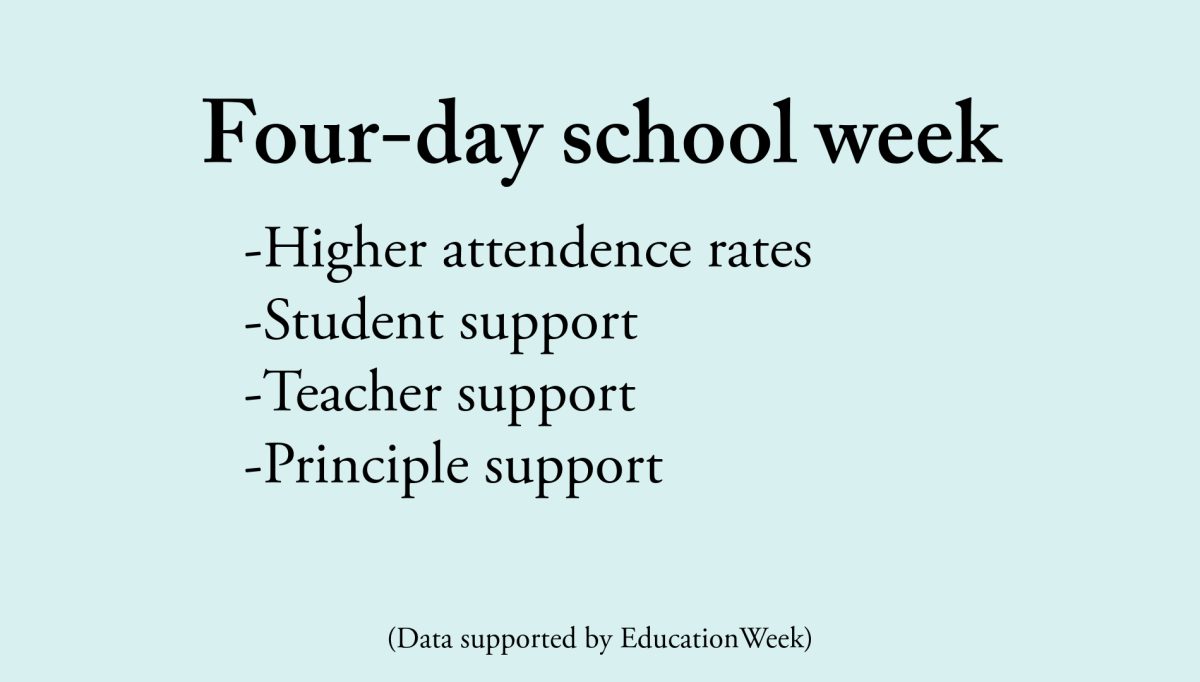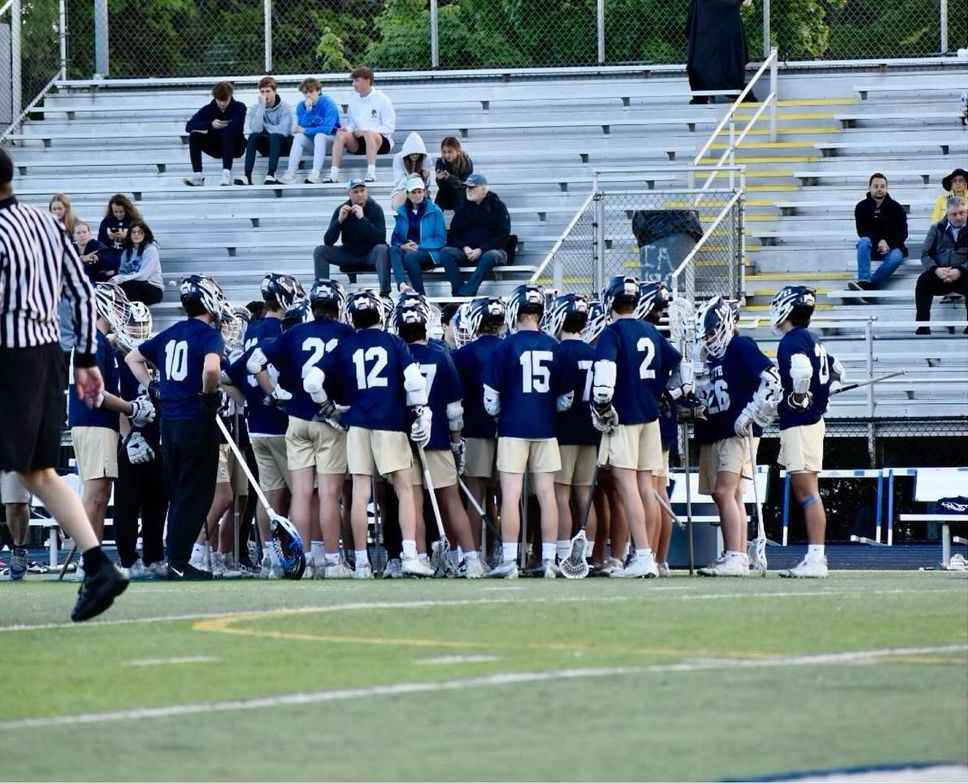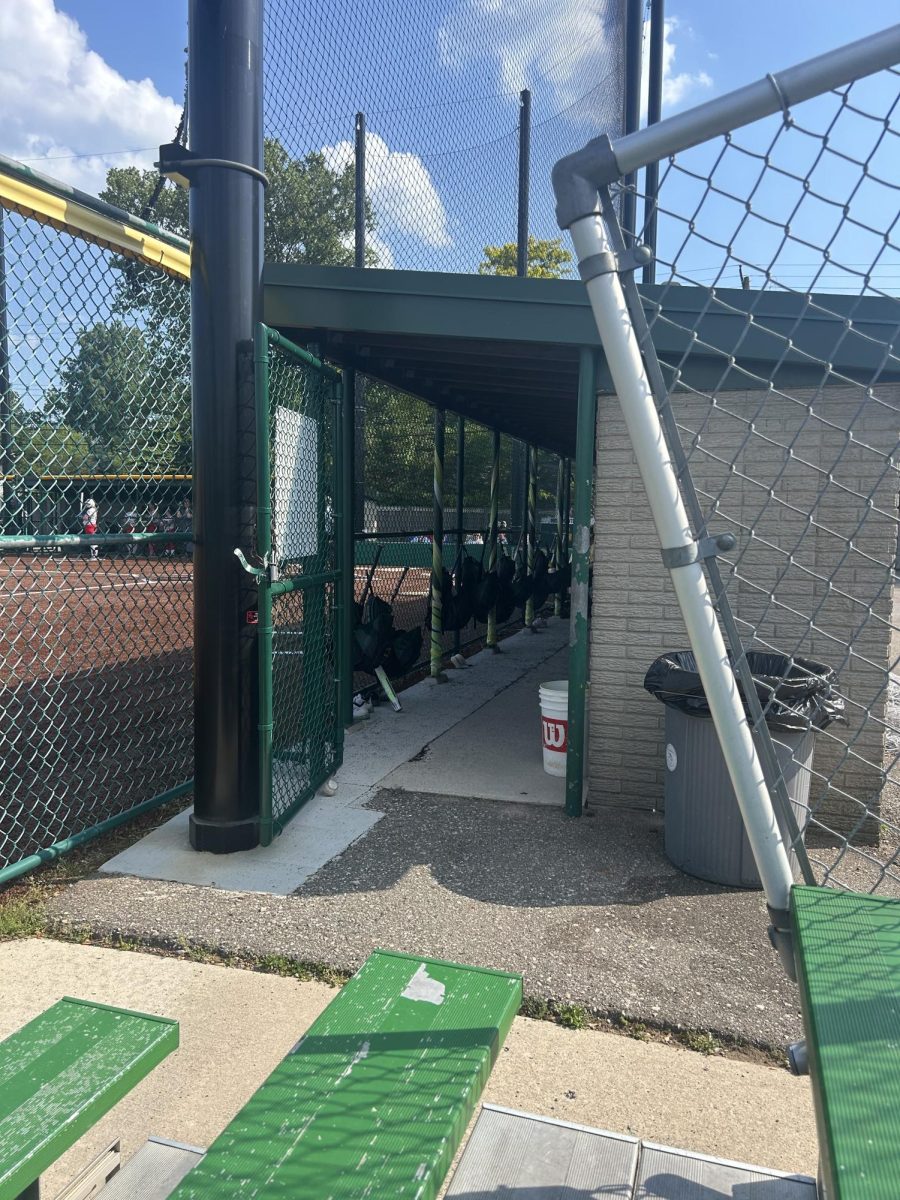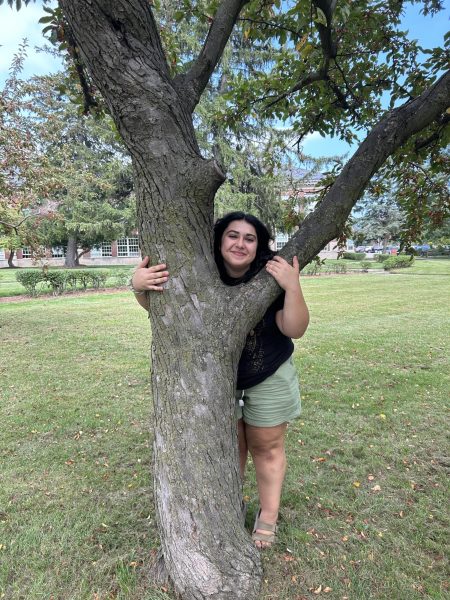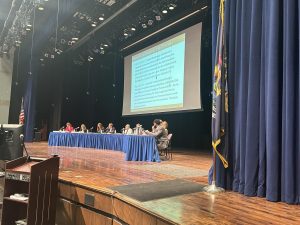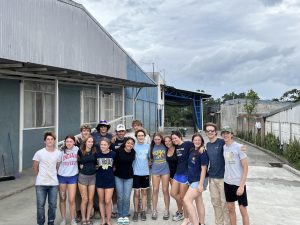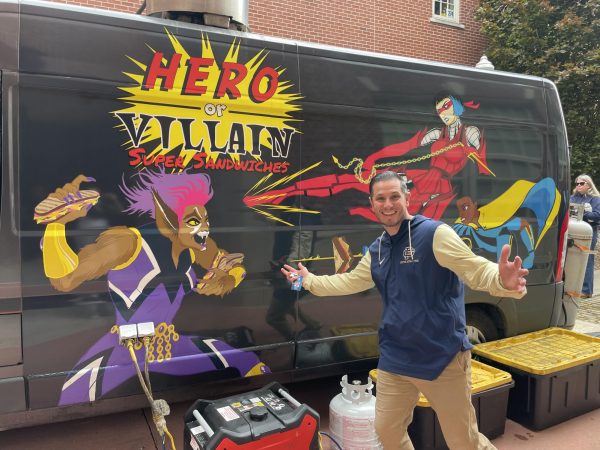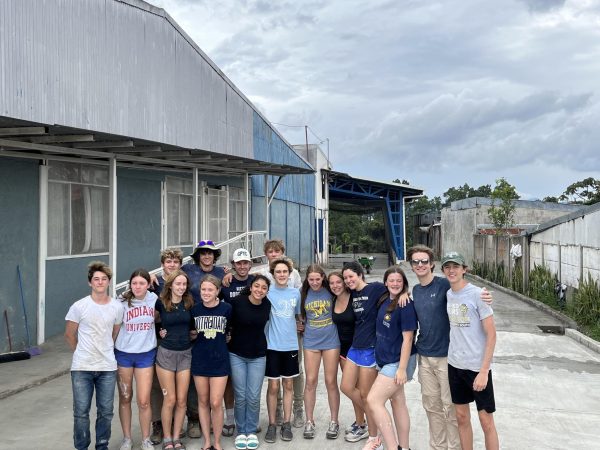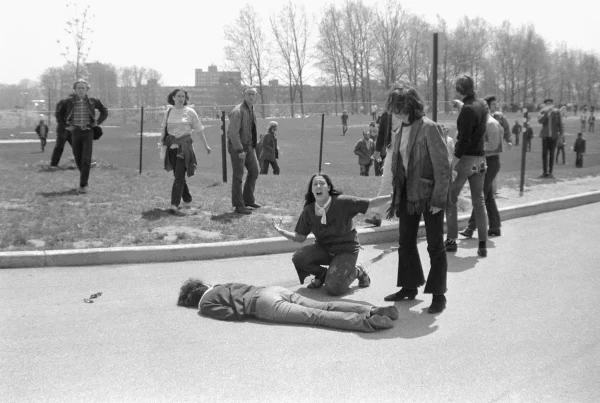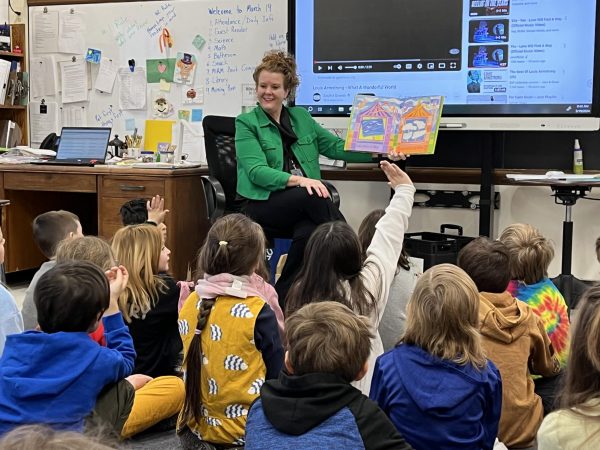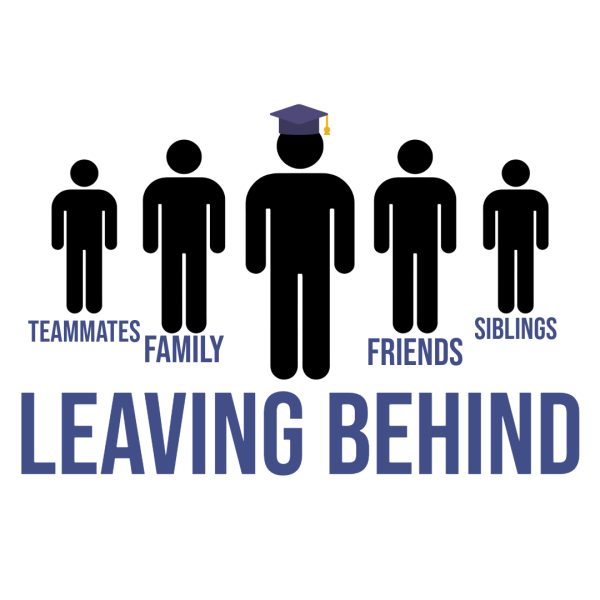Branching out: alternate college routes
November 1, 2021
Due to the lack of flexibility within the American school system, many students have forfeited an option they weren’t aware of in the first place. Throughout elementary and secondary school careers, the path of college is cemented into students. Many students feel trapped in this conventional route, but feel obligated to continue walking it to achieve any success. Though the options of trade schools, gap years and other options provide ample opportunities, they remain untouched and stigmatized.
The idea of a gap year usually evokes images of teens lounging around, a controller hanging from their hand as they sleep on their parents’ couch. This isn’t the only reality of gap years. Structured programs, such as The EF Gap Year, work to utilize time before college. The gap year allows students to create a path around the world while simultaneously learning language from native speakers, contributing to global service and holding a steady internship in a city of their choice. Rebecca Barr, a program manager at The EF Gap Year, works with students all throughout their journey in the program.
“Our mission is preparing students to thrive in an ever changing world,” Barr said. “It’s really about maximizing your time after high school to gain valuable skills, so you can be ultimately more successful in college and in your future career. [It] gives you a really different lens on the world around you and helps you develop specific skills in these areas that will help you as you transition to college.”
Barr described her job as the red thread that makes sure a student’s experience is cohesive, and that they walk in and out feeling adjusted. Barr said she adores watching students leave the program with a whole different perspective than when they arrived.
“A lot of times you can just physically see this transformation that they’ve gone through,” Barr said. “It’s not just through the skills that they’ve learned and the places they’ve been, but just in their self confidence, their ability to hold conversations, to present in front of crowds and to navigate new cities and new situations. I love seeing that transformation; it brings me a lot of joy. I think that if more people had experiences like this we wouldn’t see some of these problems that we have in our world today, especially in regards to not understanding people who are different from us.”
Barr, who took her own structured gap year with a different program, felt that it changed her life. She spent a year with a host family in Turkey, and has spent years of her life in foreign places since. She profoundly believes in the impact of travel on young individuals and feels her year spent in Turkey created a much more meaningful college experience .
“I knew it was the right thing for me to go out into the world,” Barr said. “I think I had no idea just how much it would impact me. [That’s] not just in terms of learning a new language and understanding more about the world around me, but also understanding a lot more about myself and going to college a lot more confident and excited. [I was] just ready to jump into any situation. It gave me this sense of, ‘I can do anything if I could do this,’and that’s something that’s really powerful at that age.”
Being taught that a conventional college experience is the direct path after high school is something that is inherently flawed according to Barr. Though this path has worked for many, it has also proven to be detrimental to others. College dropout rates for four-year colleges within six years of schooling are 56 percent. Students learn and develop at different rates, and Barr said for some, taking a year to experience and grow creates a much more effective college experience.
“Right now we see a lot of folks going to college who are not ready for college,” Barr said. “They’re dropping out or they’re spending more than four years to complete their degree because they can’t figure out what they want to do. College is such an important thing, but it’s a huge investment, and it’s important that students go to college at the optimal time in their lives to really maximize that experience.”
As a late adolescent, Barr said making decisions is vital. Under the influence of teachers, parents, friends and the school system, many considering their direction following high school forget that their own input matters the most.
“This is the time in your life when you can really chart your own path,” Barr said. “It’s really important to take time to make sure that you’re spending your life and energy wisely. You really do only have this one life to live.”
Trade schools, which also stray from the idealistic path of college and following careers, are also often overlooked according to college admissions officer Michael Landis. Northwestern Technological Institute, a school that specializes in HVAC, has been producing top tier electricians for 41 years. Landis said he believes that the trades are underrepresented in high schools. He said it’s a foolhardy choice to remove classes such as CAD or woodshop, which may spark interest in the trades and that teach essential skills.
“I think that not enough high schools promote the trades,” Landis said. “There’s not enough awareness being made to younger kids about alternatives to college. I wish that when I was in high school that I had at least one high school counselor talk to me about going into a trade.”
Landis said Northwestern Tech has many benefits, such as the two week cost-free trial run, in which students can get a feel for the school and classes without spending any money. The program is four days a week for 10.5 months, and there are six different programs to accommodate individual schedules.
“There are so many good trades out there that are less tuition, more job security, less time for training and [that provide] more options when they get into the field [than going to college],” Landis said. “You can’t have any society function without people that work in the trades.”
Though trade schools that offer more labor-intensive courses for electrician-based fields of work work for some, others with different skill sets are better suited for beauty schools. L’esprit Academy in Royal Oak, Michigan provides classes in many courses that can earn students licenses in short amounts of time. According to admissions officer Amanda Rodriguez, who works with prospective students and gives tours, people from all walks of life enroll in the academy, regardless of age, gender or career status. Rodriguez said that anybody with a passion for the field is fully capable of attending the academy.
“We don’t want to just enroll people to have numbers; we want to enroll people that want to be a part of the industry full time and have a passion for it,” Rodriguez said.
Offering cosmetology, esthetician and manicuring classes that cultivate different skills, L’esprit fully prepares students for working in the field. Rodriguez believes that giving trade schools a shot is no less valid than trying a traditional college. Rodriguez emphasized the happiness of the individual as an important factor of career decisions.
“If you’ve got a passion for it, go for it, as long as you love what you do,” Rodriguez said. “You can work at a job making six figures a year and hate every second of it, or you can make $20 thousand less but love every second of it. I think that’s what’s more rewarding.”
Though many alternate college paths save time and preserve happiness, others are less favorable. Students who don’t live directly on campus have to deal with the struggles of commuting. Commuters have to think about much more than somebody within 5 minutes of campus. South alumnus Peter Lianos ‘18, currently attends the University of Michigan-Dearborn. His original drive of 45 minutes became a much more manageable 15 minutes when he moved to an apartment in Detroit.
“It was definitely a pain.One of the main reasons I moved out was because I wanted to shorten my drive.A lot of days, it was 2 hours out of your day, and you’re never getting that back. That kept eating at me, and I had to do something to get that time down,” Lianos said.
Lianos was more fortunate than many in that he didn’t have to rely on public transportation to get himself to class.
“There are a fair amount of kids at my school who go that route, and I have not met one person who likes it.”
Just like every experience in this world, the majority isn’t representative of everyone. Keeping in mind that each individual student has their own learning style, interests, strong suits, and circumstances forces us to reconsider and advertise every option that can be utilized.
“A lot of us grow up feeling like there’s one set path that we should be on, that we have to check these certain boxes in order to be successful.Taking time outside of that straight and narrow path really allows you to open your eyes and not think about what you should be doing, but what you could be doing,” Barr said.

